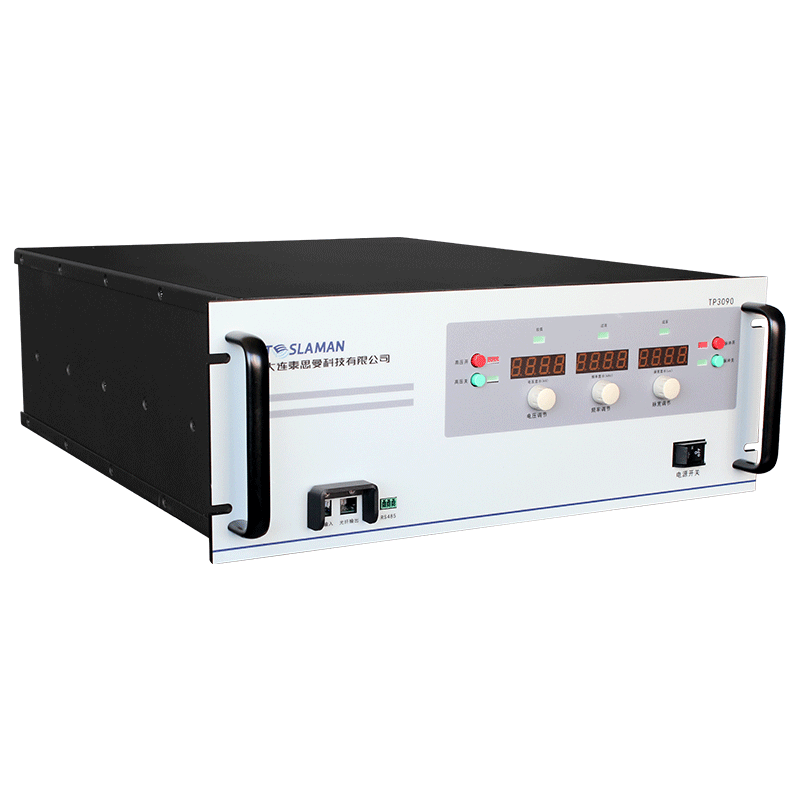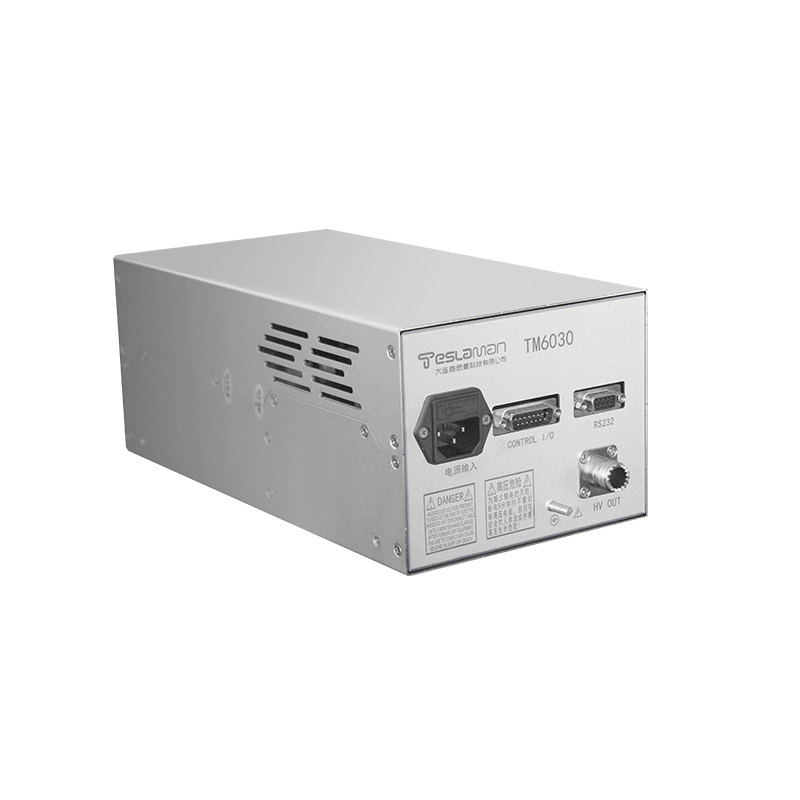Innovations in Image Processing Algorithms for Improving the Accuracy of Non-destructive Testing of X-ray High-Voltage Power Sources
With the widespread application of non-destructive testing techniques for X-ray high-voltage power sources, improving detection accuracy has become a key research focus in this field. Innovations in image processing algorithms are widely recognized as crucial for achieving breakthroughs in detection accuracy. This article will focus on the critical role of image processing in improving the accuracy of non-destructive testing of X-ray high-voltage power sources, and introduce the latest developments.
The image information in non-destructive testing of X-ray high-voltage power sources is complex and varied, and traditional image processing algorithms have difficulty effectively extracting features. Algorithms based on deep learning provide a completely new approach. Relatively mature convolutional neural networks can automatically learn feature representations of complex images and perform target recognition and segmentation. Researchers have developed X-ray image analysis methods based on convolutional neural networks, significantly improving feature extraction.
At the same time, Generative Adversarial Networks (GANs), as a new type of deep generative model, can learn the feature distribution of the training set and generate high-quality new samples. Researchers have used GAN algorithms to generate a large number of accurately annotated X-ray detection training images. This further expands the size of model training samples and enhances the effect of feature learning.
In addition to deep learning, some studies have also tried to apply augmented reality technology to assist operators in analyzing X-ray images and achieve interactive target recognition and measurement. This technology can accurately locate fault information in images in real time, making the detection process more intelligent.
In general, innovation in image processing algorithms has become an effective way to improve the accuracy of non-destructive testing of X-ray high-voltage power sources. Various new algorithms provide the ability to extract richer features. But the algorithms themselves also carry risks such as overfitting, requiring multi-faceted verification on different samples to ensure model generalization. In addition, further comparison and combination of different algorithms are also worth exploring to achieve further improvements in detection accuracy.




















